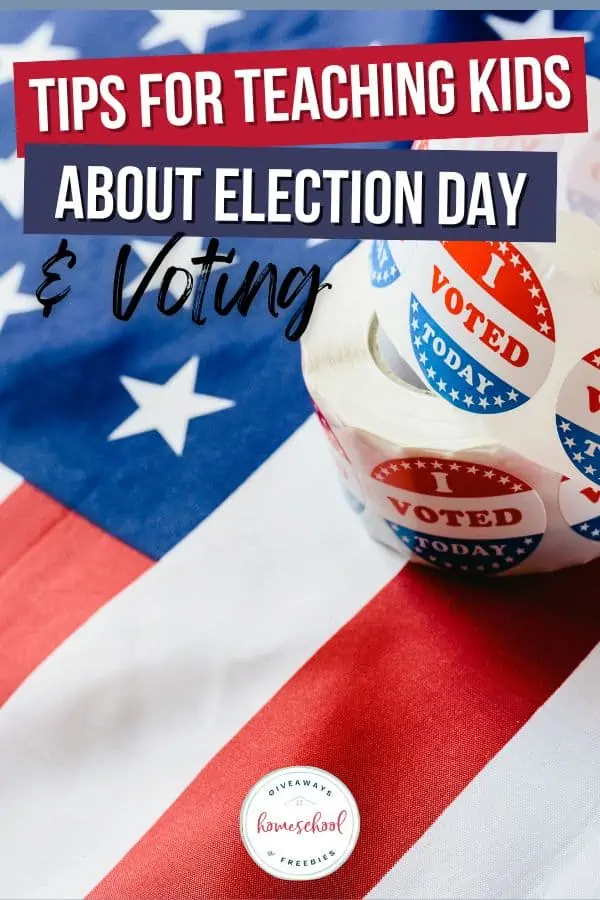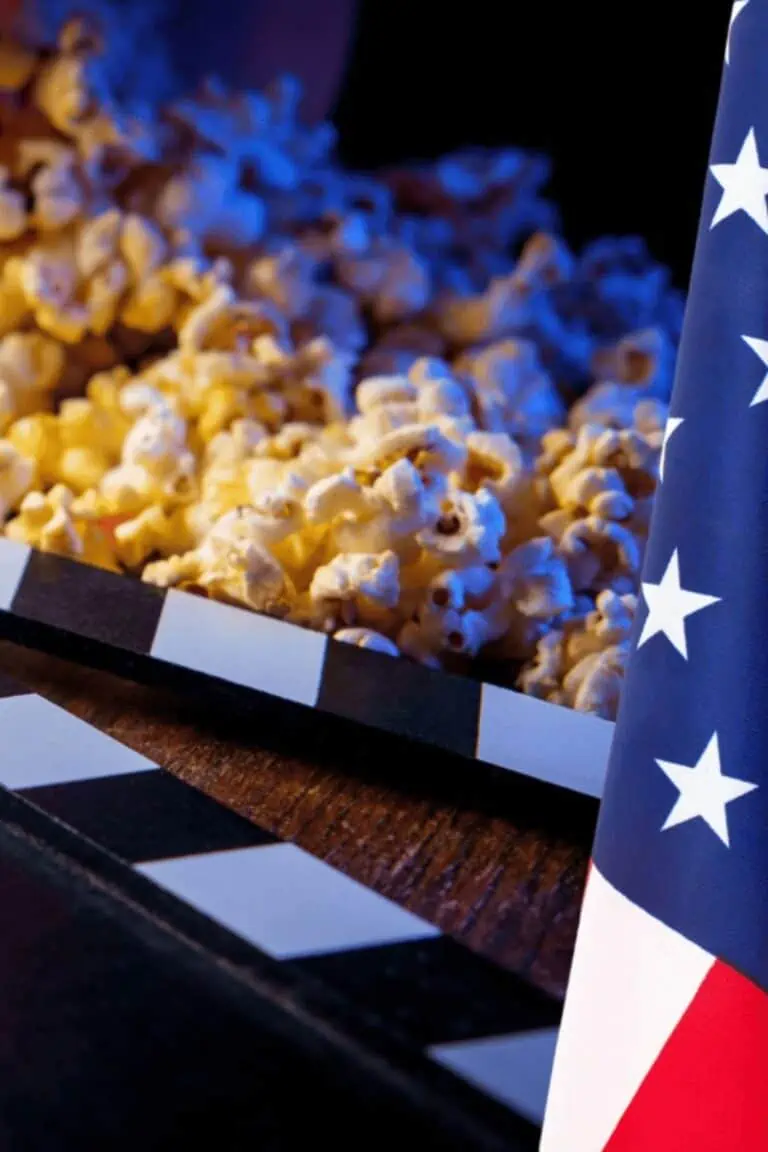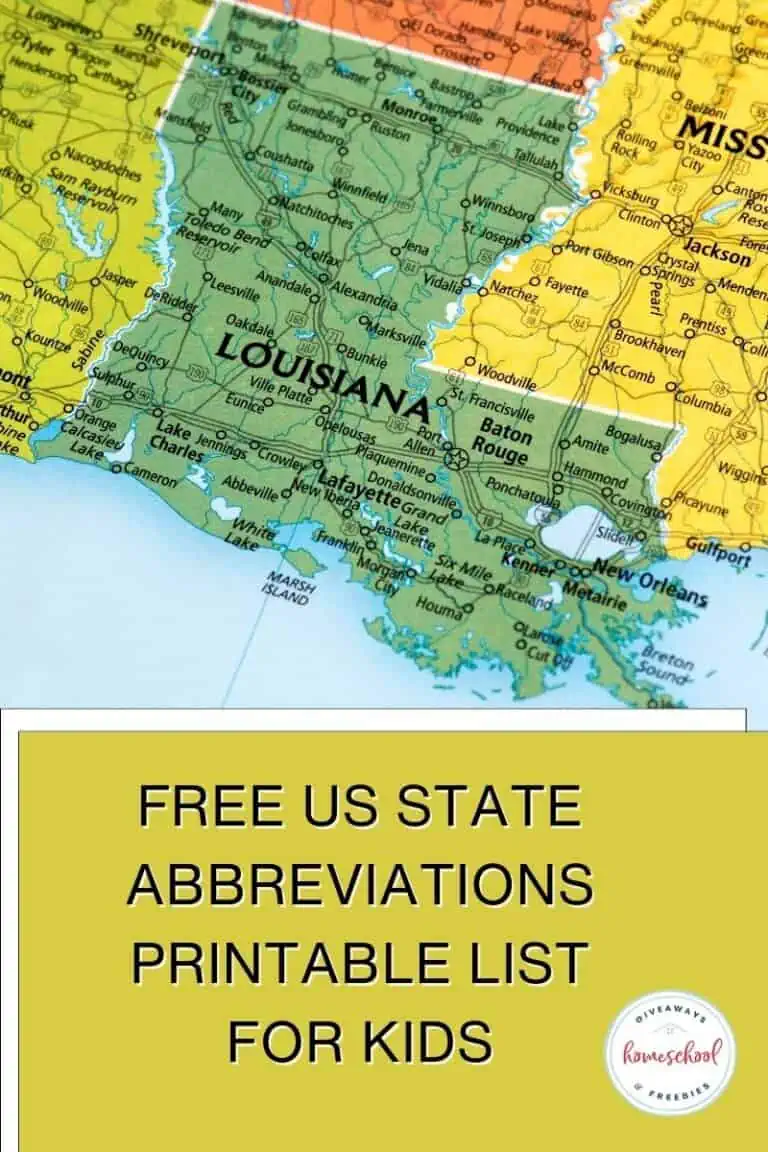Tips for Teaching Kids About Election Day & Voting
Published:
October 17, 2022

Contributor:
Alpha Omega Publications
Disclosure: This post may contain affiliate links, meaning if you decide to make a purchase via my links, I may earn a commission at no additional cost to you. See my disclosure for more info.
It’s almost Election Day! Don’t skip over this important day on the calendar. It’s full of great learning potential as you raise future voters.
Election Day for Kids
Making Election Day for kids into a fun and educational event is the perfect idea for your homeschool. No matter the ages of your kids, they’re never too young to start to learn about the voting process. And your teens will be voters themselves in a few short years. So this topic is extremely important for them. Here’s everything you need to know about teaching about Election Day.
Why do we celebrate Election Day?
We celebrate Election Day because of the great opportunity we have as citizens of the United States to vote for our representatives. In passing a federal law declaring the first Tuesday following the first Monday of November as Election Day, Congress hoped to increase voter participation and turnout.
How do you explain voting?
A good citizen will participate in the political process by voting. When you cast your ballot for the best person for a political office, you are engaging in the process of voting.
We have three branches of government, the executive, the legislative, and the judicial, and your vote will determine the winners of those positions.
For a fun activity on Election Day for kids, hold a simple vote for your favorite super hero or book character. Print some secret ballots and have everyone put their vote into ballot boxes. Then see who wins. This is a simple way for young children to understand voting.
What is the voting process?
The process of voting is pretty simple. Registered voters go to their designated polling place on Election Day and enter the voting booth, which is a secure place to mark their ballots. Then, the voter puts his completed ballot into a ballot box.
Why is it important to vote?
It’s important to vote because it’s your civic duty. As an involved citizen, you can have a say in important issues when you vote. Many times, in addition to voting for candidates to fill specific elected office, there will also be ballot initiatives.
A ballot issue gives citizens a way to directly voice their opinion about a certain policy that will affect them. In the swing states, several thousand votes may have the potential to impact an election.
Is voting a civil right?
Voting is a civil right because it is guaranteed to all citizens. In 1971, Congress lowered the voting age in the U.S. from 21 to 18. And voting rights for all people have taken hundreds of years to be fully realized.
When the Constitution was adopted, not everyone could vote. In 1870, the 15th Amendment extended voting rights to black men. Then, in 1920 the first woman could vote thanks to the 19th Amendment.
Who is allowed to vote?
Now all U.S. citizens aged 18 and older is allowed to vote. The history of voting has been a long struggle for equal rights.
When do we vote for a new president?
We vote for a new president every four years. The presidential election season begins with primary elections and caucuses, when the voters of each political party decide who will represent them in the national elections. Then on Election Day every four years, the people cast their vote for a President and Vice President.
What are mid-term elections?
Mid-term elections are the general elections held during the mid-point of a presidential term.
There are many important seats up for grabs during this mid-term election season. Every seat in the House of Representatives is up for re-election every two years. So that means that all 435 seats are in play during mid-term elections. Plus, one-third of the 100 Senate seats are up for re-election during a mid-term.
When do people vote?
People vote at their polling station on Election Day, which Congress has set to be the first Tuesday after the first Monday in November. Then, on Election night, most results are known and reported on the news stations or social media.
What is the electoral college?
The electoral college can be a tricky concept to understand, but it shows the brilliance of the Founders. The Electoral College was established by Article II, Section 1 of the Constitution. While most elected positions are decided by popular vote, or who has the most votes cast for them, the President is decided by electoral votes.
This is one way to keep our government from being a pure democracy. Essentially, the states elect the President and Vice President through this process. The Electoral College gives states power in our federal system.
Without the Electoral College, many small states would become irrelevant in choosing the President.
Election Terms for Kids
- absentee ballot: when a person cannot physically vote on election day they can vote from home using an absentee ballot
- amendment: when a change is made to the U.S. Constitution it is called an amendment
- ballot: a piece of paper, cardboard, or electronic device used to record votes
- bill: a proposed law
- bipartisan: supported by both political parties
- campaign: a race between candidates who are running for a political office
- caucus: a caucus is a meeting of elected officials of a political party to elect delegates to represent them at a national convention
- coalition: a coalition is an alliance of two or more people or political parties
- Congress: the legislative body of the United States is called the Congress
- conservative: a person that holds to traditional values and views
- constituent: someone that is represented by an elected official
- delegate: a person that acts as a representative for a group
- democracy: in a democracy people hold the ruling power of the government
- lame duck: someone in office who hasn’t been reelected and is resigning at the end of their term
- incumbent: a perons that is currently holding an office
- liberal: a person that is socially progressive and promotes social welfare
- nominate: to name a person as a candidate for an election
- partisan: a strong supporter of a cause or a party
- petition: a petition is a formal written appeal to an authority requesting action regarding a specific issue
- platform: a platform is a document stating an organization’s goals and principles
- primary: an election of the candidates who will run in the final election
- veto: to prevent a decision or bill from becoming law by a law-making body
Election Videos for Kids
Here are some awesome election videos that give a closer look into the Election process.
Voting for Kids: Why Is Voting Important? Here’s a great video to include in your Election Day activities. It will explain the reasons why we vote.
What happens on Election Day? Your younger kids will love the fun facts presented in this video.
12 Great Videos to Teach Students about Elections and Voting – Here’s a helpful roundup to keep handy during Election season. Includes the history of voting, explanation of the Electoral College, and more.
More Resources You might Enjoy
- Follow along with what’s happening in the world with a printable current events worksheet.
- Learn more about the presidents and print a timeline of American presidents with our open-and-go unit study.
- Print a presidents fact sheet and fact cards and learn more about the American presidents.
- Bill of Rights printables – learn more about the Bill of Rights with these free resources.










